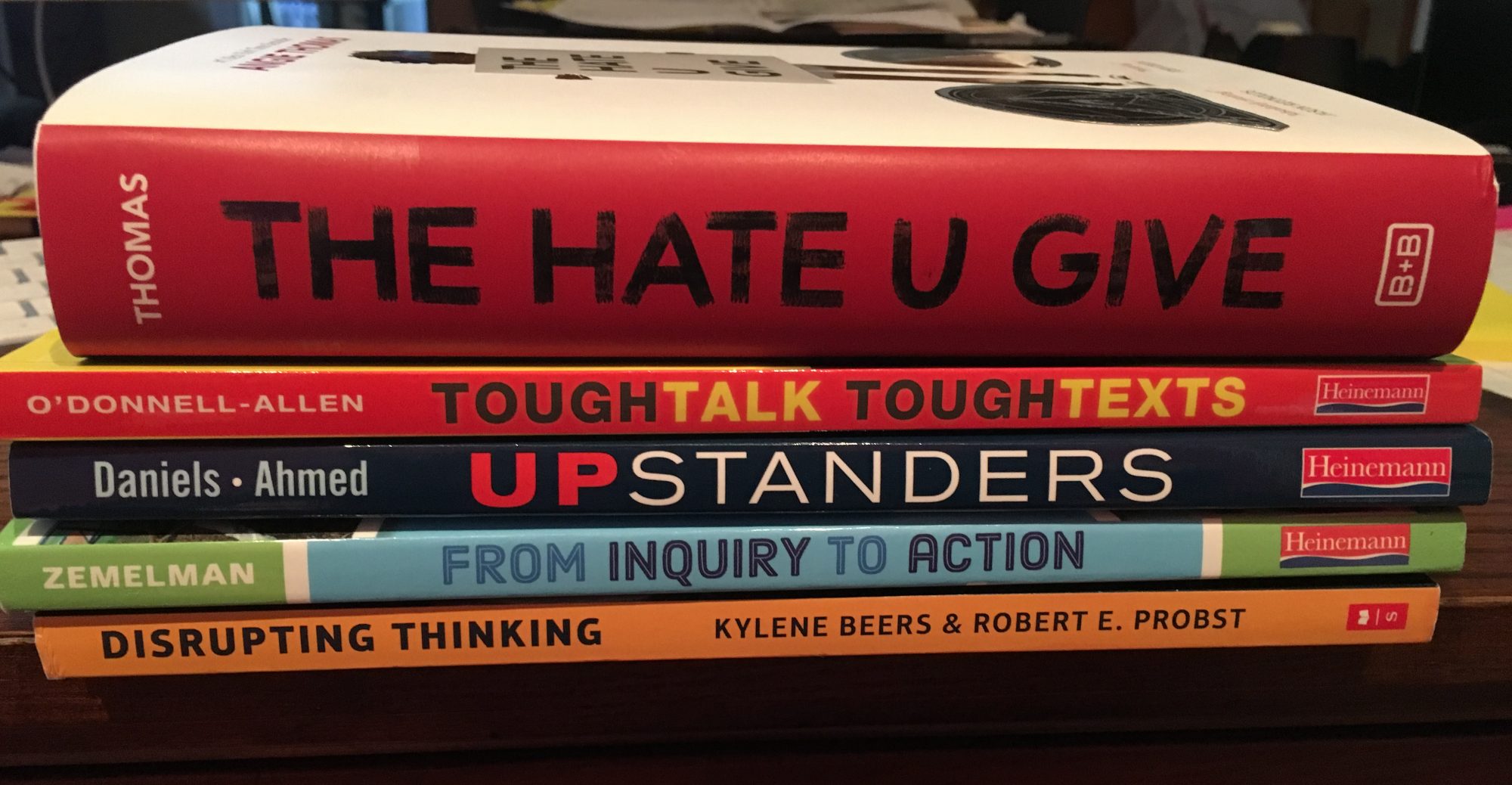How can students become involved as citizens of a community? The book From Inquiry to Action, by Steven Zemelman, answers this question. This book is all about Project-Based Learning (PBL) and its purpose in education. PBL is important because it encourages student creativity and application. As we live in a time where more and more technological advances are being used by students outside of the classroom, Zemelman tells us that teachers must become more creative in their projects. The projects of the past that have been strictly assessed but do not provide any interactive or realistic applications and are harmful to the growth and development of our students. Zemelman believes any assignment that excites and motivates the students will create a positive and enriching environment and it should be useful in the long term. PBL creates meaning and motivation for the students. The PBL approach is a great way to start incorporating more engaging projects in any classroom with a creative and unique touch. Zemelman states that teachers should be “Aiming for the kinds of thinking that will help students to take action as they grow older: finding issues that are of real concern to them, identifying the people who can affect the most change in relation to those issues, assessing potential solutions, taking a stand, and perhaps urging others to take action.” (Zemelman, 24)
PBL gives students the opportunity to actually apply the knowledge that was learned in their class instead of just taking a test for short-term uses. PBL also gives an opportunity for students to reflect and evaluate their own ideas and concepts. PBL is grounded in principles that focus on the extreme importance for students to learn on a more personal level but also to learn from real-world situations. According to the principles, the students should be prepared for real-life in class. This book creates an outline of steps in PBL including, choosing an issue, researching the issue, making a plan and preparing to act, taking action, empowering students in the classroom, social action in the school through restorative justice, growing an after-school program, and promoting change in schools. This book brings up an important point about the early stages of PBL and the need for generating research questions because this will make it easier to understand the issue and will aid in making a plan. Another major component of PBL is the social aspect and community building through collaboration. Zemelman does acknowledge that different ideas in collaboration can create some sticky situations, but the text also outlines “a great collection of strategies and activities for building habits of respectful discussion and mutual support in a classroom where strong opinions are bound to emerge.” (Zemelman, 98) The ideas in this book can be used in basically any classroom setting which means all teachers would benefit from reading this book. There is even sections dedicated to subjects like math, where it might seem harder to include PBL. Any teacher can use these suggestions and can follow it step by step. It is highly recommended!
